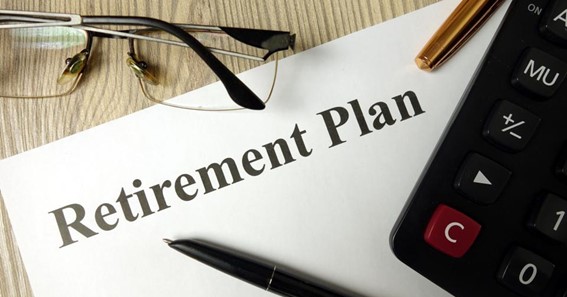As the U.S. economy reopens, people are seeingan inflation rate that has not been seen in over 40 years. Seniors or those who are thinking of retiring early need to think about how the ballooning inflation rate can threaten their retirement and financial security in the future.
In the 1970s, the inflation rate was up into thedoubledigits.You don’t need that to happen now to know how important it is to prepare for retirement with inflation in mind. If you have yet to start preparing for retirement, now is the time to do so.
click here – Do I need employer’s liability insurance for subcontractors?
How Much Will You Have in 10 or 20 Years Based on Inflation?
Even a moderate rise in the inflation rate cansignificantly impact your retirement fund. The Federal Reserve aims to keep the inflation rate at 2%at its highest. However, it also said that it would allow the inflation rate to increase above that figure for some time. Since the country is still reeling from the effects of the COVID-19 pandemic, it is unclear how long this allowance will last.
How much do you need in your first year of retirement? For example, you need $60,000. If the annual inflation rate is 3% over the next 20 years, you would need $108,366.67 to match the value of the $60,000 a year you need on the first year of retirement. How would you manage to come up with that amount if your retirement fund is at a fixed rate?
Another way to look at it is your $60,000 a year would only be worth $33,220.55 in 20 years. That’s barely $3,000 a month 20 years from now if you are to retire today.
The worst mistake you can makeis not to factor the inflation rate into your retirement plan. Everyday items, food, toiletries, travel, utilities, and other essentials will be more expensive in the future. Inflation can erode any savings you have in your bank account. This is why many investors would advise against saving money in the bank, except for emergency purposes. Over time, that money loses its value.
Retirees living off of their savings accounts are susceptible to high inflation if most of their money is yielding a return that is below the inflation rate. If you are spending $2,500 a month right now on the first or second year of retirement, imagine how much you would need every month a decade or two from now. So, while you still have time, re-strategize. Think about where to invest your money to protect its value against high inflation. It might come as a surprise to many, but many stocks are the best hedge against high inflation.
Social Security Cannot Keep Up
Social Security has failed to keep up with the rising cost of living expenses. The Senior Citizens League estimated that retirees living off their pension from Social Security had lost a third of their purchasing power since 2000. Although some pensions increase slightly every year, the increase is not proportional to the rising prices of prescription medicines, food, and housing.
The most significantcorrection in the cost-of-living adjustment (COLA) for Social Security beneficiaries happened in 2018. Social Security adjusted the COLA index by 2.8% for the 2019 benefit year. In 2020, beneficiaries received a 1.3% increase for the 2021 benefit year.
It is not every year that a COLA adjustment is made. In 2016, it was 0.3%, and there was no adjustment in 2015. The good news is that lawmakers have already proposed to change how COLAs are calculated. They want it to reflect the prices that Americans see in the market.
Again, if you don’t act now, you might lose a third of the value of your retirement fund in 10 to 20 years. What should you do to counter this? These are the things you can keep in mind:
click here – How to start saving early in your career
- Make sure you are protected from the inflation rate by reassessing your investment strategy. If you have money in the bank right now, the better way to manage it is to put it in a fund that can protect it against inflation. It should at the very least keep pace with the rising cost of living.
- Calculate the actual value of your retirement nest egg now. Factor in inflation over the next 10, 20, and 30 years and see if your investments are projected to keep up. Sure, inflation may decrease, but you cannot bank on that. If you want to protect your retirement fund, you need to draw the worst-case scenario. Essential services and needs, such as food, health, and energy, will surely rise in the coming decades.
- Consider changing your current investment strategy if and when you retire. Are you near retirement, or do you still have many years ahead? Your investment strategy will depend on whether you’re near retirement or not. If you’re just starting to save, better think about how that money will grow over time. But if you are a few years from retirement, take on fewer risks in your retirement portfolio. You can also talk this through with a finance expert to get advice on how to handle your money.
Conclusion
Right now with inflation so high, your money isn’t safe in a savings account. The best way to protect your retirement years is to first protect your retirement money by diversifying your investments. You cannot allow your money to rest in the bank because inflation is eating into it every single day.
